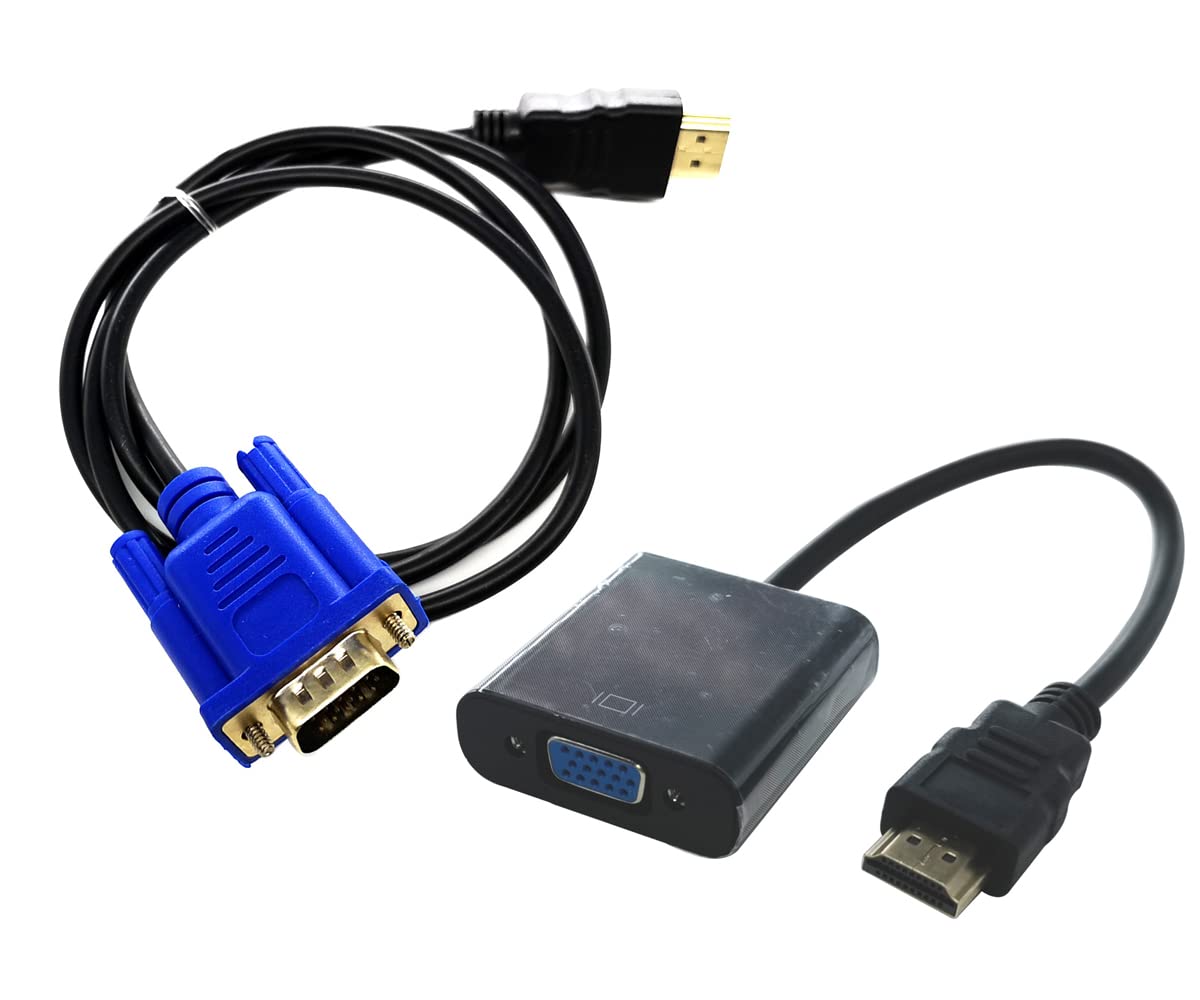Having trouble with the VGA port signal? Let’s dive into troubleshooting techniques.
Troubleshoot Hardware Problems

– Common hardware problems with VGA ports
– Steps to troubleshoot VGA port signal issues
– Tips for resolving VGA port signal issues
Content:
If you are experiencing a signal issue with your VGA port, there are a few common hardware problems that could be causing the issue. First, check the VGA cable to ensure it is securely connected to both the computer and the monitor. If the cable is loose or damaged, it may be the cause of the signal problem.
Next, inspect the VGA port on both the computer and the monitor for any visible damage or debris. Use compressed air to clean out any dust or debris that may be interfering with the connection.
If the cable and ports appear to be in good condition, the issue may lie with the graphics card or the monitor itself. To troubleshoot this, try connecting a different monitor to your computer using the same VGA cable. If the signal issue persists, it may indicate a problem with the graphics card.
If the signal issue occurs only with a particular monitor, try connecting it to a different computer using the same VGA cable. If the problem persists, it is likely an issue with the monitor itself.
Restart and Reconnect Devices
To troubleshoot a VGA port signal issue, one of the first steps you can take is to restart and reconnect your devices. This simple action can often resolve the problem and get your VGA port working again. Here’s what you need to do:
1. Restart your computer: Sometimes, a simple restart can fix connectivity issues. Close all programs and restart your computer.
2. Check the VGA cable: Ensure that the VGA cable is securely connected to both your computer and the monitor. If it’s loose, disconnect and reconnect it firmly.
3. Power cycle the devices: Turn off your computer and monitor. Unplug the power cables from both devices. Wait for about 30 seconds and plug them back in.
4. Try a different VGA cable or port: If possible, try using a different VGA cable or connect your computer to a different VGA port on the monitor. This can help determine if the issue lies with the cable or port.
5. Update graphics drivers: Visit the manufacturer’s website to check for any available updates for your graphics drivers. Installing the latest drivers can help resolve compatibility issues.
Check Power-Saving Modes
One possible approach for this subheading could be:
Check Power-Saving Modes:
To troubleshoot a VGA port signal issue, it is important to check the power-saving modes of your device. These modes can affect the display output and may be the cause of the problem.
First, check your device’s power-saving settings. Go to the power options in your system settings and make sure that the power-saving mode is not enabled or set to a low-power state. Adjust the settings accordingly to ensure that the device is not conserving power at the expense of the VGA signal.
Next, inspect the connected display’s power-saving settings. Some monitors or projectors have their own power-saving modes. Check the user manual or menu options of the display device to ensure that it is not in a low-power or sleep mode. Adjust the settings as necessary.
If the issue persists, try connecting the VGA cable to a different power source. Sometimes, power fluctuations or inadequate power supply can affect the signal. Plug the cable into a different power outlet or consider using a surge protector.
By checking and adjusting the power-saving modes of your device and connected display, you can effectively troubleshoot and resolve VGA port signal issues.
Update Graphics Card Driver
To update your graphics card driver and resolve VGA port signal issues, follow these steps:
1. Identify your graphics card manufacturer and model. You can usually find this information in the device manager or by visiting the manufacturer’s website.
2. Go to the manufacturer’s website and navigate to the support or downloads section.
3. Search for the latest driver for your specific graphics card model. Download it onto your computer.
4. Before installing the new driver, uninstall the existing graphics card driver. To do this, open the Device Manager, locate your graphics card under the Display Adapters section, right-click on it, and select “Uninstall”.
5. Restart your computer.
6. Install the downloaded driver by double-clicking on the downloaded file and following the on-screen instructions.
7. After the installation is complete, restart your computer again.
8. Test the VGA port signal to see if the issue has been resolved.
FAQs
Can you use VGA in graphics card?
Yes, you can use VGA with a graphics card. Simply install the graphics card, connect your VGA cable to the video card, and power on your PC. Windows should automatically detect and install the necessary drivers.
How do I enable my VGA port?
To enable your VGA port, go to your computer’s Control Panel, click on “Hardware and Sound,” then select “Connect to an External Display.” Choose the VGA monitor from the “Display” drop-down menu, and click “OK” to switch to the VGA monitor.
Why is my computer not detecting VGA?
Your computer may not be detecting VGA because there could be a problem with the connection between the cable and the computer. To resolve this, try shutting down the computer, unplugging and replugging the VGA cable, and then restarting the PC to refresh the connection.
Why is my VGA port not working?
Your VGA port may not be working because the VGA cable is not properly connected to the server port and monitor port. To troubleshoot, check if the monitor and VGA cable are functioning properly by testing them on a known working system. If either the monitor or VGA cable is faulty, replace it.

